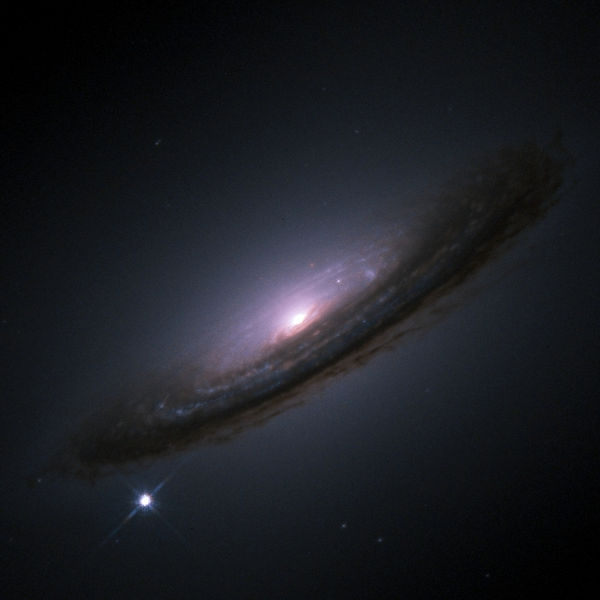The timings of supernova explosions close to Earth marry up with epochs in the planet's history when the diversity of life altered dramatically, suggesting they may  have played a role in driving evolution.
have played a role in driving evolution.
Species diversity on Earth has varied significantly over the last 4 to 500 million years; and although it is hard to measure this in larger animals, looking at the number of genera of well-preserved marine organisms within the fossil record, it rises rapidly to about 250 million years ago, then drops rapidly by about 200 million years ago and then increases again over the last 100 million years or so.
Geologists have used plate tectonics to account for these trends, arguing that this alters sea-level and atmospheric chemistry and in turn the temperature. The overall effect, they argue, is more shallow seas, giving rise to more complex coastlines and a more varied marine environment. So you would expect more diversity of species.
But this may not be the whole story. Henrik Svensmark has been looking at a different source to explain the changes: supernovae, the explosions that punctuate the end of a star's life, producing in their wake powerful surges of cosmic particles and radiation. For now, he's confined his analysis to events that have occurred within about 5000 light years of Earth.
To spot where and when they may have happened, he looked for stellar congregations called "open star clusters", where star-forming events have occurred in the recent past. He reasoned that, if stars were forming in these places, some of them will have been the short-lived massive stars that form supernovae.
Comparing these predictions with records of cosmic rays preserved in meteorites produced a strong agreement. He then compared the cosmic ray records from the last five hundred years with the numbers of marine species. The match is striking. There are peaks 250 million years ago, and again now.
Svensmark speculates that high energy particles issusing from the supernovae could have entered Earth's atmosphere where they produced trails of ions that seeded clouds, cooling the planet and boosting species diversity. Consistent with this theory, when he looked at previously-unexplained rapid cooling events that have hit the planet in the past, there was again a strong correlation with the supernova data.
So, surprising as it sounds, life on Earth may owe its origins not just to our nearest star, the Sun, but also to the deaths of other stars thousands of light years distant...









Comments
Add a comment